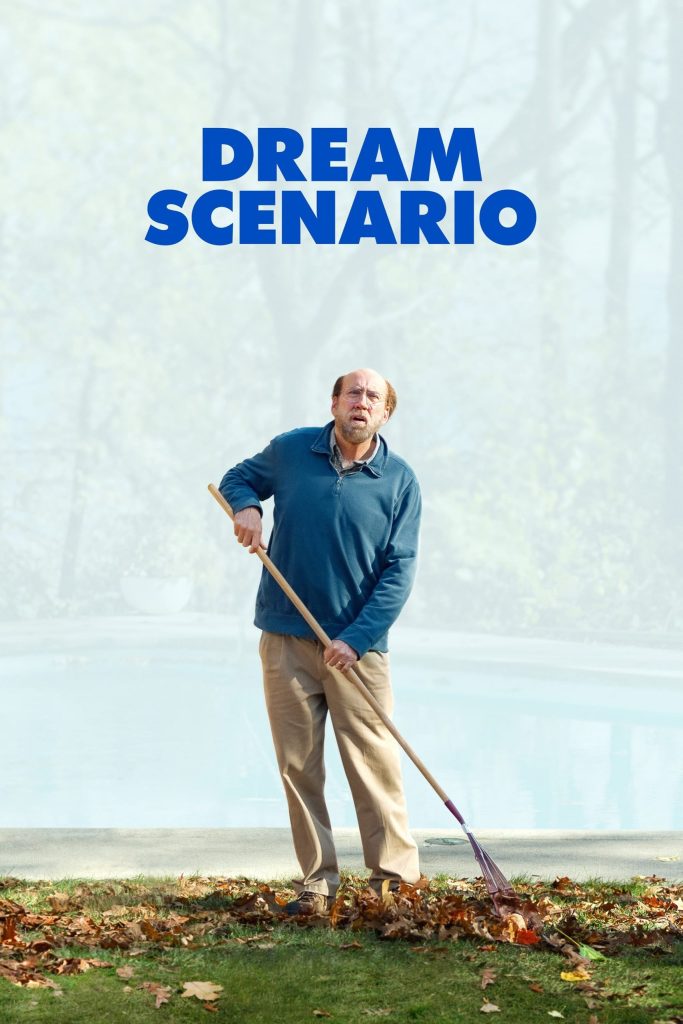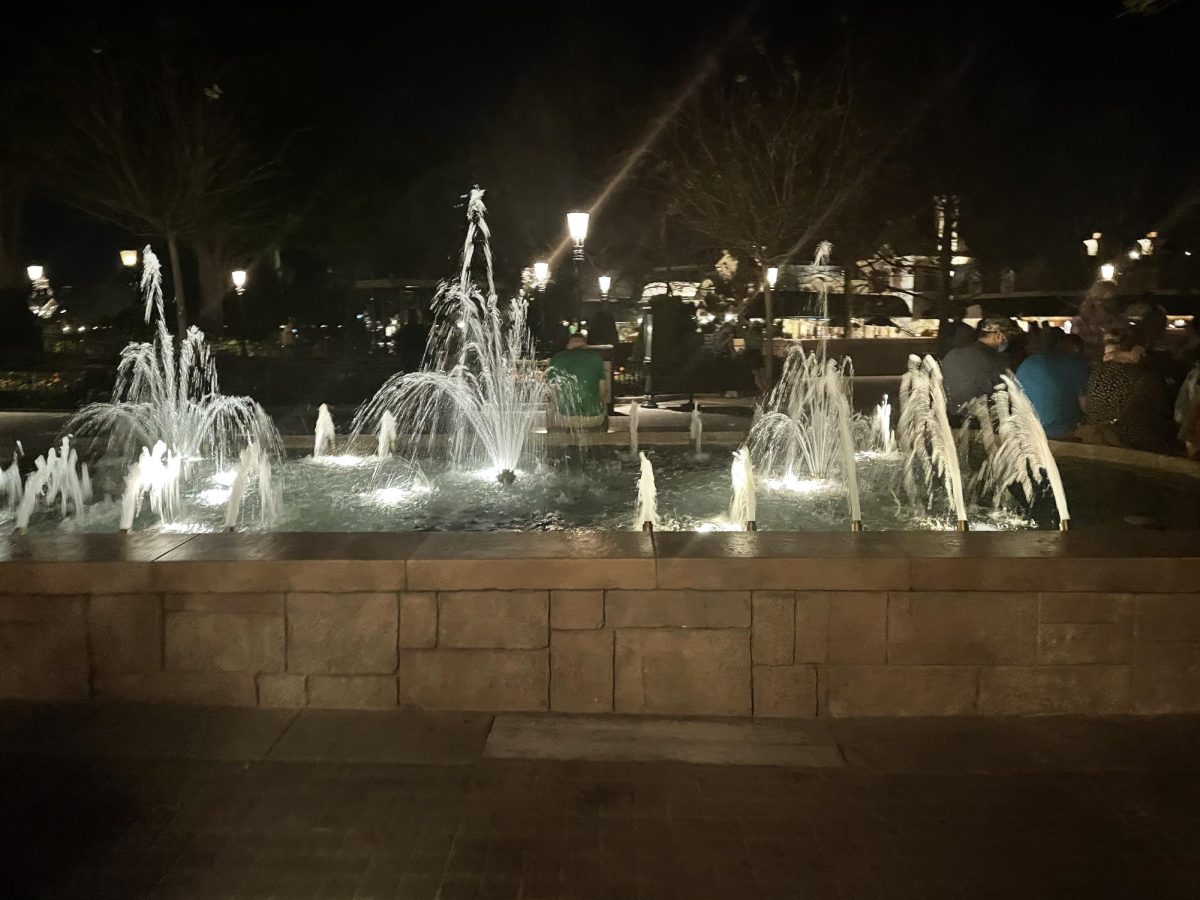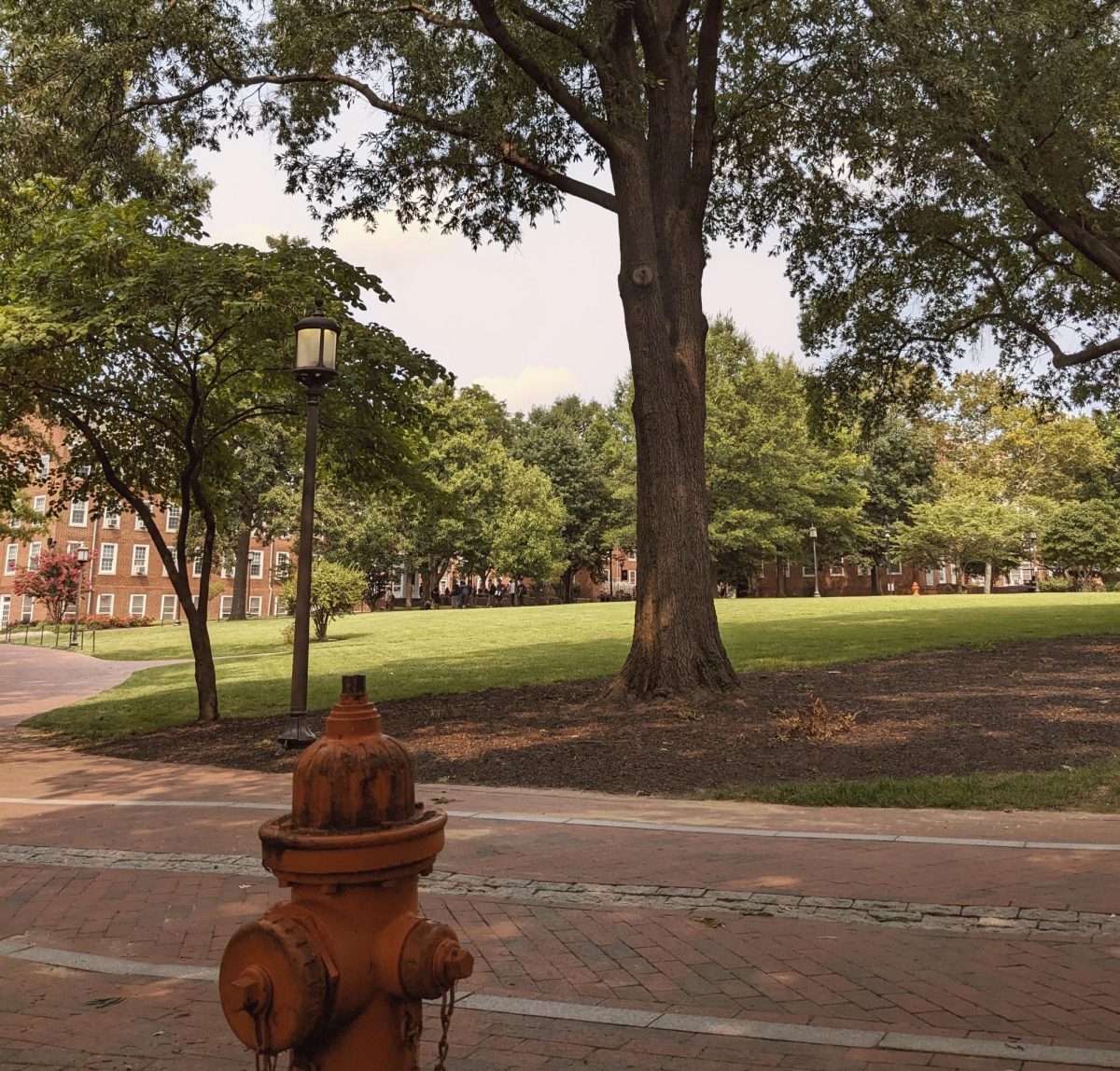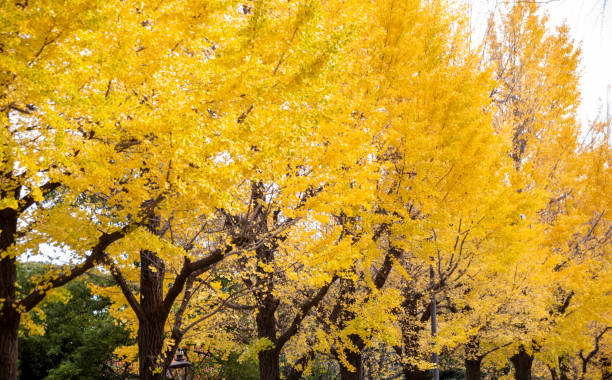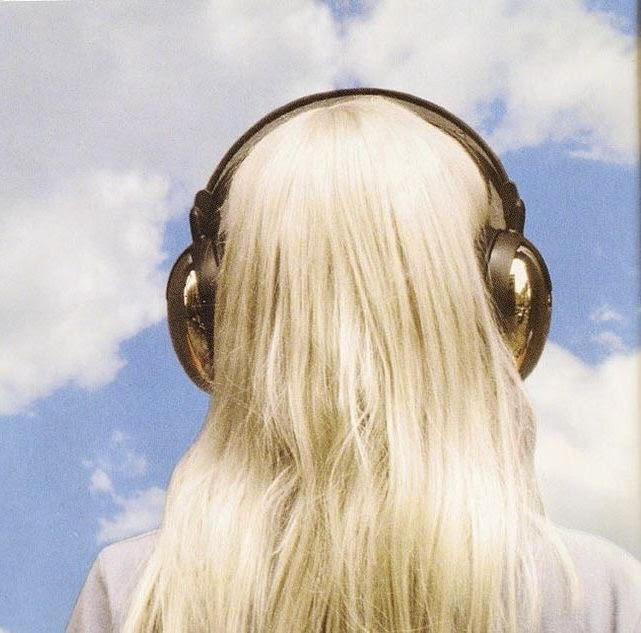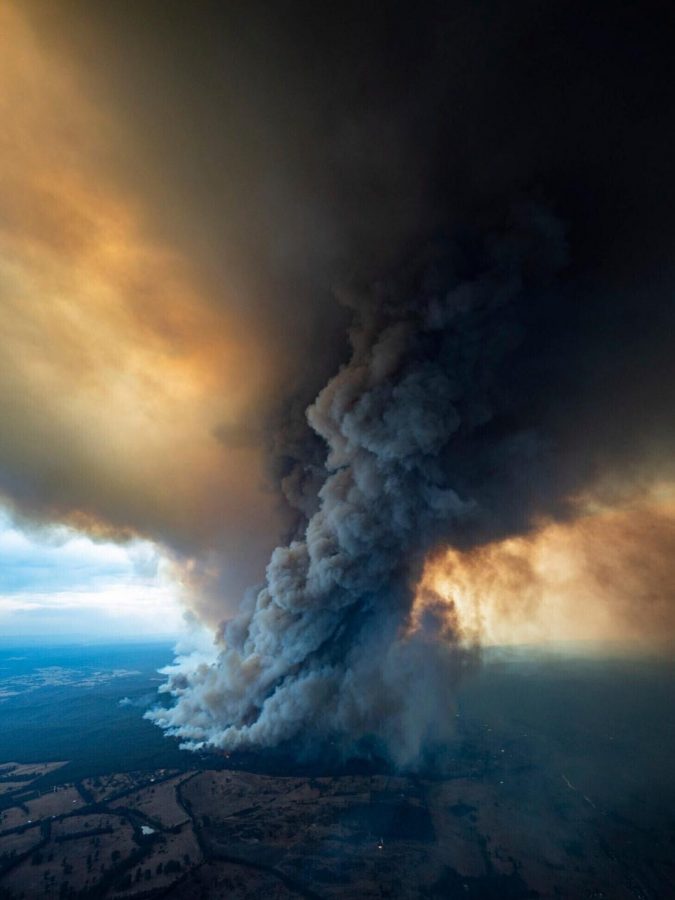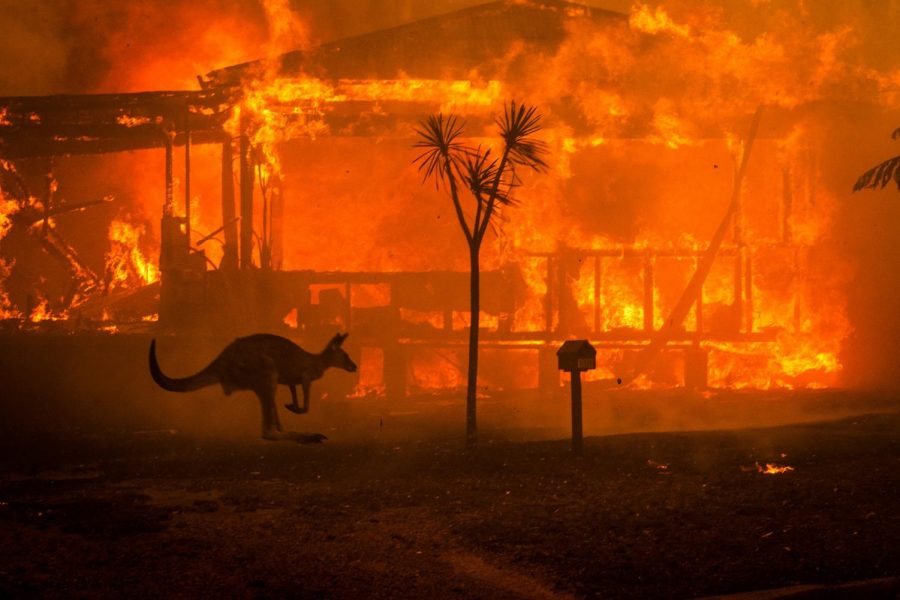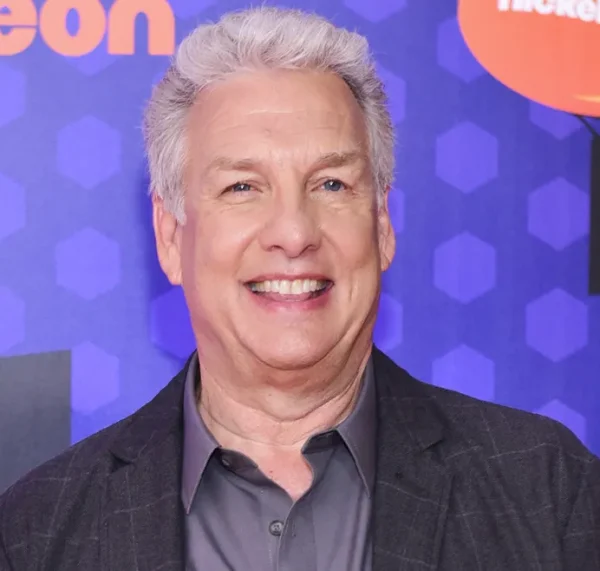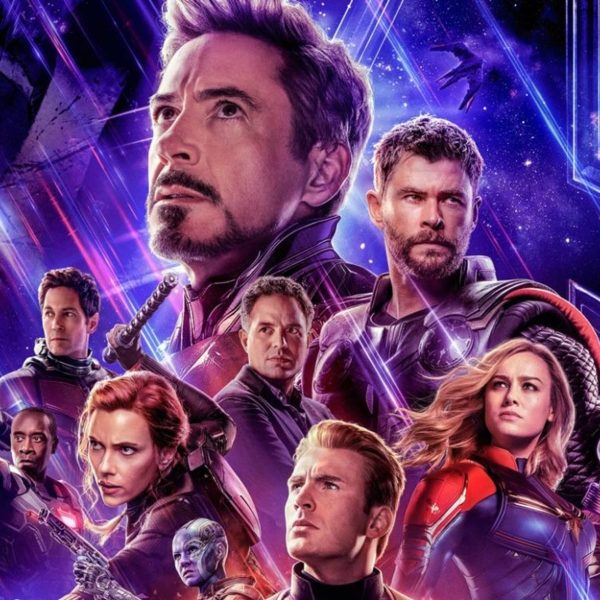2020 has started off with a vengeance
DELWP Department of Gippsland via AP
Image released January 2nd, 2020 from a government department in Gippsland, Australia.
I’ve known snow my whole life. And on December 31st, I knew the sloppy slush that scattered itself across roadways, hardly a threat to my New Years’ Eve plans.
But a little under 10,000 miles away, the people of Mallacoota, Victoria, Australia knew horrifying heat. They knew flames that engulfed the forest, flames that engulfed their homes—their core lives—in just one brisk breeze.
And 6,382 miles away, the country of Iran knew silence. They knew grief when a missile with origins from the U.S. ended the life of Iranian military leader General Qasem Soleimani in Iraq on the night of January 2nd.
2,042 miles away, the lively U.S. territory of Puerto Rico knew darkness. They knew panic as—on January 7th— the world beneath them betrayed the island—betrayed the life that is still recovering from Hurricane Maria in 2017.
I knew comfortable laughs over a disheveled game of Telestrations when the New Year started, and yet lives around me were collapsing. That same night, a country knew fire. Days later, a country knew grief and overwhelming fear. And just a week later, an island felt life-altering terror.
Because of this difference, this gaping hole between my life and the world around me—the world in Australia, the world in Iran, the world in Puerto Rico—I know I am lucky. I know I am safe.
I know I am okay, and I know that in this world “okay” is a privilege.
So as I sit in my bed, computer atop my lap, I am removed from these worlds of others. I know nothing of fire besides the ones lit on Christmas. I know nothing of silence and mourning as my country sits safely behind a tower of government protection. I know nothing of hysteria as my roof holds strong and my lights still turn on when I thoughtlessly flick the switch.
Yet I refuse to let this privilege of mine—of our preserved community—keep me ignorant. It wants that. Ignorance means compliance in a twisted, torturous way; and I am not compliant with the state of the year so far.
These issues need attention. Better yet, they need education.
Australian Fires
These fires aren’t new or sudden; Australia has a bushfire season, and these fires are considered a natural process. But with the end of 2019 and the birth of a new decade, conditions in Australia have primed the country for devastation.
According to CBS, drought has plagued the country since the start of 2017. Dry brush has amplified in numbers because of this, becoming ample supply for the fires’ taking. Pairing the drought along with above-average temperatures due to a heatwave in December and gusty winds (Australian Government Bureau of Meteorology), severe fire weather became a dangerous highlight of Australia’s recent months.
Starting in September (CBS) or late July (CNN), the fires brought media attention to the country. Eastern Australia feels the brunt of it as large fires recently spread through the region with the Bureau of Meteorology in Australia calling the conditions “catastrophic.” The fires in Eastern Australia are the ones currently populating the news as they dominate the destruction in New South Wales (NSW) and Victoria.
Monster fires like the ones in NSW sprung from these conditions along with some manmade ones; at least two dozen people are accused of starting fires in Australia (USA Today). No matter the origin, they still ravish the continent. Victoria Emergency’s site published on December 30th that there are ten fires in a section of Victoria called East Gippsland, and three have lasted for more than a month. One of these fires traveled 12.43 miles in five hours, a haunting image to envision.
And all these fires have led to loss.
Nearly 18 million acres have been burnt down according to an article from CNN published on January 13th. 28 people have died, and some of them were volunteers valiantly fighting the fires. People have been forced to flee their homes for beaches between Melbourne and Sydney. University of Sydney ecologists estimate that as of January 2nd, over half a billion animals have been lost at the hands of the fires. Almost 8,000 koalas are estimated to be dead as roughly 30% of their habitats have been destroyed.
To put these numbers into perspective, images of this loss have spread; koalas are drinking water from bottles, homes remain decimated down to ash, and people are sifting through remains, reminiscing of their lives before tragedy.
As of now, there is no end in sight. Officials claim rainfall is needed for the eventual end of the fires, but the drought continues on, resembling a relentless plague for the thousands of volunteer firefighters who have recently been compensated by Prime Minister Scott Morrison.
Despite this compensation, Morrison isn’t popular. Australians have taken to the streets to protest for action as smoke covers cities while their Prime Minister vacationed in Hawaii. Morrison has granted an extra $1.4 billion toward relief, but with a climate change charged fire season ahead, it may not be enough.
“What is happening is a wake-up call for our governments to start making effective contributions to reducing global emissions,” said Sydney Mayor Clover Moore in a CBS article, speaking on how Australia has become the head of global warming. “It’s our national governments that are failing us.”
More is yet to come about the disaster in Australia, but one thing is for sure: donate if you can. These effects of climate change are just the beginning, but even from Michigan, a difference can be made.
The U.S. and Iran
This section is not to condone Iran’s actions or the deaths of many Americans in the Middle East. It is rather a detailed exploration of Iran, the U.S., and the decisions made in early January.
It’s no secret that the U.S. has always been involved in the Middle East. We’ve occupied, fought, and declared war numerous times in the region, most of them in the name of oil. Through this—through these countless tense, hostile relations—a sore spot has developed when mentioning the Middle East in American politics. The debate is constantly thrown around like an endless game of hot potato of whether we should stay there or leave and whether it was even America’s place to get involved.
Needless to say, even from my very brief summary of it all, the U.S. has a tense relationship with that section of the world.
And since the intelligence agencies of the U.K. and the U.S. plotted the overthrow of Prime Minister Mohammad Mossadeq of Iran in 1953, the U.S. and Iran have been far from friendly.
Continuing through history, past the hostage situation from 1979 and “axis of evil” claim in 2002 (read more here), a nuclear deal becomes established in 2015; this deal neutralizes a nuclear threat from Iran with agreement from Russia, Germany, China, the U.S., the U.K., and France (known as the P5+1 world powers). Iran became more open and peaceful with nuclear weapon development while gaining overseas assets and the ability to sell oil internationally.
This appears to be a win-win situation; the threat of a bomb from Iran is disarmed, and Iran can rebuild its economy.
But it doesn’t last long. In 2018, the U.S. President Donald Trump abandoned the deal former President Barack Obama had agreed to cooperate with. Living up to the powerhouse reputation, Trump then reinstated the same sanctions that once crippled Iran into the nuclear agreement: oil sanctions wounded Iran, and Trump threatened to place the same ones on any country that continued to buy oil from Iran too.
Repeating the pattern, Iran’s economy collapsed. According to BBC, “They led to a downturn in Iran’s economy, pushing the value of its currency to record lows, quadrupling its annual inflation rate, driving away foreign investors, and triggering protests.”
Months pass by with the U.S. restricting Iran more and more until the country had had enough.
Six oil tankers in the Gulf of Oman exploded in May and June of 2019, and the U.S. looked to Iran as the culprit, setting aflame the already fearsome tension. Attacking again, Iran shot down an unmanned drone over the Strait of Hormuz in June, which almost incited war, and Iran began going against the nuclear agreement in July.
Now that the base has been established, this international relationship met a breaking point on December 27, 2019, when an American contractor was killed by a rocket attack (USA Today). The U.S. once more blamed an Iraqi militia, backed by Iran, and revenged by launching several counter-strikes at the militia’s bases.
Then, Iran attacked the U.S. Embassy in Baghdad through the same Iraqi Shiite militia, a proxy for Iran.
This attack led to the headlining news we all saw late on January 2nd of 2020: the U.S. killed Iranian General Qassem Soleimani, the leader of Iran’s Quds Force, early January 3rd according to Iraq time (but January 2nd in the U.S.).
While just a name to observers—and me as well—Soleimani was essentially the second-most important man in Iran after their Supreme Leader Ayatollah Ali Khamenei. He was Iran’s top military commander, and the U.S. believed he was the coordinator of the attacks against Americans.
He was killed by an airstrike at Baghdad’s international airport which also killed several other officials such as Abu Mahdi al-Muhandis, the deputy commander of the Iran-backed militia Popular Mobilization Forces (USA Today). With the deaths of several officials and one of the most important men in Iran, Supreme Leader Khamenei swore for “severe revenge” against the U.S.
Defending the attack, the U.S. Defense Department said on January 2nd, “General Soleimani was actively developing plans to attack American diplomats and service members in Iraq and throughout the region. General Soleimani and his Quds Force were responsible for the deaths of hundreds of American and coalition service members and the wounding of thousands more.” (Taken from USA Today). Furthermore, General Soleimani is believed to be responsible for 17% of U.S. soldiers’ deaths during the Iraq War, according to The Daily Wire.
Then, the U.S. State Department advised that all U.S. citizens in Iraq evacuate immediately due to rising conflict as videos leaked of Iranian people saying “Death to America.” The country declared three days for mourning as people fled to the streets.
News spread of the attack, hostility, and grief in Iran, proposing the idea of the war that the strike was originally supposed to prevent.
World War III became a possibility across the internet; fear brewed, and memes arrived.
But are we truly afraid? Are we as afraid as the Iranian people are of us?
As of now, January 20th, I haven’t heard anything further on the topic. Even scanning through articles, most date weeks ago. So I laughed at the jokes, thinking they were harmless.
And though time has passed, the pain Iran felt will always be there, and revenge will always be a prominent thought. As Senator and Connecticut Democrat Richard Blumenthal said, “There’s no question Soleimani had American blood on his hands. He was an enemy. But this step could lead to the most consequential military confrontation in decades.”
The age-old question remains: what happens next?
Puerto Rico
All of Puerto Rico violently shook on January 7th. Just a week into the new year, the U.S. territory was bodied by a 6.4 magnitude earthquake that struck on a southern stretch of the island, according to NPR.
That same morning, I was still asleep after just returning to school.
Just years earlier, the island was practically demolished by Hurricane Maria, and many people were still rebuilding when the earthquake hit. Tragedy layered on top of tragedy as buildings toppled over once more.
This morning earthquake was not minor; a 6.4 magnitude earthquake can destroy weak homes and knock out power, which is exactly what it did.
At 4 a.m., Puerto Rico was plunged into darkness as power was cut like a bitter aftertaste of the earthquake. Hours later, a 6.0 magnitude aftershock struck too.
The USGS estimates that over 400,000 people on the island would have felt the strongest effects of the earthquake, and the entirety of the island would have felt lessened shaking (CNN).
To make matters worse, this wasn’t the first earthquake of the week.
The continuous earthquakes started on December 28th when a 4.7 magnitude quake struck (CBS). Then a 5.8 magnitude earthquake occurred days before the latest that plummeted the island into a state of emergency (USA Today). With this series of cataclysmic events, Puerto Ricans lost water, power, and around 300 people lost their homes. One person so far has died, and the news flood with claims of citizens being scared for their lives.
Yet Puerto Rico Governor Wanda Vázquez aims to avoid panic. Speaking on the issue, she said, “We don’t gain anything by creating hysteria… We’ve responded to many difficult situations. We have the resources.”
With power plants damaged and people seeking refuge (CNN), the Puerto Rican government has set aside $130 million and help from the Federal Emergency Management Agency (FEMA) has been requested.
Estimates from the USGS and other officials claim that the damage may require more money; there are claims from disaster analysts that the overall loss from the earthquakes could be over $3 billion as people sleep in tents instead of ruined homes.
Much of this money estimated to be needed is for aid. People have lost their homes, structures have been weakened, and tourism has been scared off.
So when unused aid from the 2017 hurricane recently surfaced in a government warehouse, the people of Puerto Rico—people already crippled by the earthquakes and still hurting from Hurricane Maria—were rightfully mad.
Protesters have stormed Governor Vázquez’s home, demanding a change in government as the newly-discovered disaster aid is being distributed in gravely affected communities. In response to this horrific oversight, Governor Vázquez fired Carlos Acevedo, Chief of Emergency Management and Disaster Relief Agency in Puerto Rico, and implemented the National Guard as overseers for the agency. She has also started an investigation into the matter, searching for the reasoning behind aid remaining unused in times of need (ABC News).
In a statement on the matter, Governor Vázquez said, “There are thousands of people who have made sacrifices to help those in the south, and it is unforgivable that resources were kept in the warehouse.” Acevedo, on the other hand, claims that no one was “denied” aid, but on Sunday, Vázquez fired two more government officials over the mishandling of aid.
But, President Trump signed a recent declaration to grant much-needed aid to the territory, and he granted Puerto Rico $8.2 billion in aid, all in hopes of bettering the situation.
And despite the current affairs plaguing Puerto Rico’s management and allocation of aid, the USGS believes that the tremors will decrease in magnitude within the month, allowing the island to recover. But once more, it is a case of time.

Lynlee is a senior and is starting her final year in the midst of all this COVID-19 chaos, which is fitting for her strange luck. Room 139—home to The...














